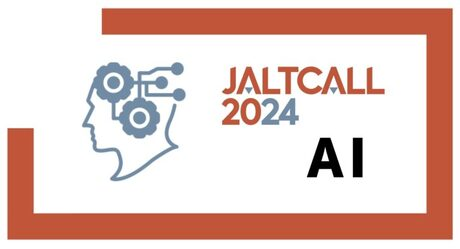Speaker
Description
This research investigates the feasibility of using ChatGPT to create authentic English learning materials. Our hypothesis posits that if neither teachers nor students can distinguish between ChatGPT-generated and human-made materials, ChatGPT could be a viable tool for future language learning material development.
We first compared the time required to develop similar materials using ChatGPT versus traditional human methods. To assess the quality of the ChatGPT-created content, we invited six teachers (three native and three non-native English speakers) to evaluate and identify ChatGPT-generated versus human-made materials. Additionally, 83 students participated in judging the quality of the same materials. Results indicated that native English-speaking teachers (with 80% accuracy) were better at distinguishing ChatGPT content from human-made materials, compared to non-native English teachers (40%) and Japanese students (45%). Comments from five teachers and 72 students were analyzed using the qualitative data analysis software NVivo. The findings from the data led to three key conclusions: ChatGPT is a quicker and more effective tool for developing English learning materials; the quality of ChatGPT-developed materials is comparable to that of human-made resources, with learners often unable to tell the difference; both teachers and students raised concerns about the potential lack of personal feelings and monotony in ChatGPT-generated content, suggesting that such materials should be reviewed by human teachers.
| Keywords | ChatGPT, potential, English learning materials development, quality, teacher and students' perception |
|---|

